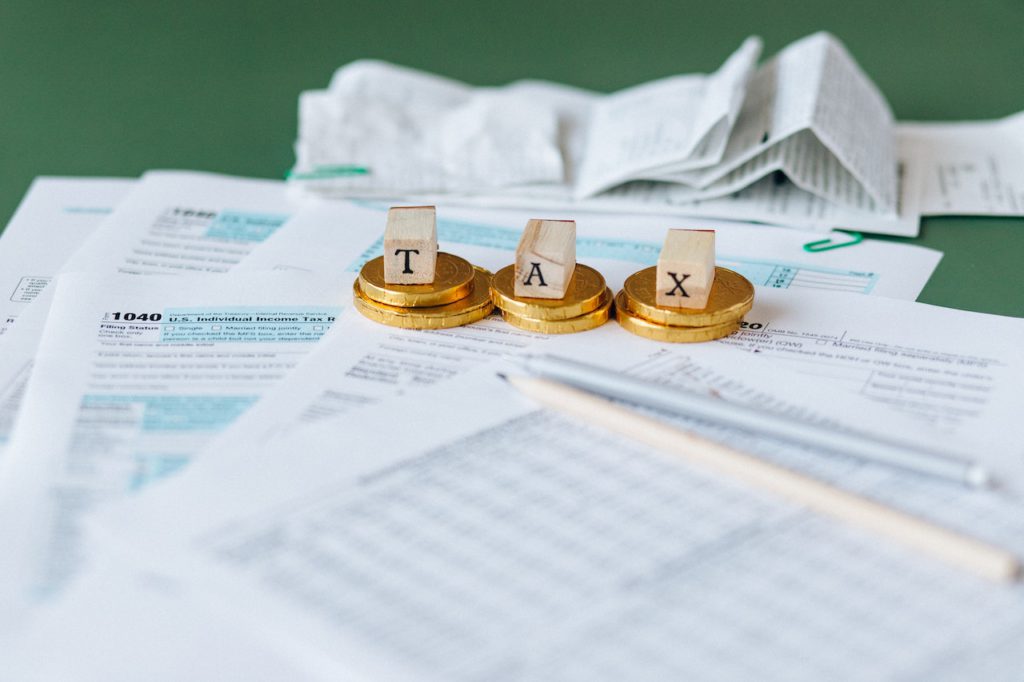Challenges and Opportunities in Active Debt
4 min read
In financial management, the interplay between debt recovery and the Australian Taxation Office’s (ATO) General Interest Charge (GIC) creates unique challenges and opportunities. Active debt recovery, especially in the face of ATO GIC, is critical to maintaining financial health for businesses and individuals alike. In this article, we will delve into the complexities of active debt recovery while navigating the intricacies of the ATO General Interest Charge, exploring the strategies that can help you manage this financial landscape effectively.
Understanding the ATO General Interest Charge
The ATO General Interest Charge (GIC) is a financial penalty for unpaid tax debts. It serves as an incentive for taxpayers to meet their tax obligations promptly. The GIC accrues daily and compounds monthly, making it a significant financial burden for those with outstanding tax liabilities.
When taxpayers cannot pay their tax debts on time, the ATO begins applying the GIC. This interest charge is calculated based on the unpaid amount and accrues until the debt is fully paid. As a result, managing and recovering tax debts becomes a race against time, as the GIC can quickly escalate the overall debt.
Active Debt Recovery Strategies in the Face of ATO GIC
1. Assessment and Planning: The first step in effective debt recovery is a comprehensive assessment of your financial situation. Understand the scope of your debt, including the principal amount and any accrued ATO GIC. Once you have a clear picture, create a detailed recovery plan.
2. Open Communication: Communication is critical when dealing with the ATO. If you’re facing financial hardship that prevents you from paying your tax debt, consider contacting the ATO to discuss your situation. They may be willing to arrange a payment plan or offer other assistance.
3. Prioritize Debt Repayment: In cases involving multiple debts, prioritize the repayment of ATO tax debt. Due to the compounding nature of the GIC, it’s essential to minimize this debt as quickly as possible to prevent it from spiralling out of control.
4. Seek Professional Guidance: Debt recovery and tax law can be complex. If you need help with proceeding, seeking professional advice from accountants, financial advisors, or tax experts specialising in debt recovery and taxation matters is wise.
5. Budget and Cash Flow Management: Effective financial management is crucial. Create a budget that allows you to allocate funds toward repaying your tax debt and covering your current financial obligations. Improving your cash flow through revenue growth or cost reduction can also aid in debt recovery.
6. Negotiation with the ATO: In some cases, it’s possible to negotiate with the ATO for a reduction in the GIC or a waiver of penalties if you can demonstrate genuine financial hardship. Be prepared to provide documentation supporting your claim.
7. Leverage Payment Arrangements: The ATO often allows taxpayers to set up payment arrangements to settle their tax debts over time. These arrangements can help you manage the financial burden of both the principal debt and the GIC.
The Opportunities Amid Challenges
While the ATO GIC poses significant challenges in debt recovery, it’s essential to recognize the opportunities it presents:
1. Prompt Action: The ATO GIC incentivizes prompt payment of tax debts. By taking swift action to address your outstanding tax liabilities, you can minimize the accrual of interest and penalties.
2. Financial Discipline: Dealing with ATO tax debt encourages financial discipline and improved financial management practices. It forces individuals and businesses to assess their financial health and make necessary changes to avoid future tax debt.
3. Professional Growth: Managing ATO tax debt and the associated GIC can be a learning experience. It encourages individuals and businesses to seek professional advice and build financial literacy, which can benefit them in the long run.
4. A Path to Compliance: Resolving tax debt issues is an opportunity to get back on track with tax compliance. It ensures that you’re up to date with your tax obligations and minimizes the risk of further issues with the ATO.
5. Relief from Financial Stress: Addressing ATO tax debt and GIC can significantly relieve financial stress. It allows individuals and businesses to regain control of their finances and work toward a more stable financial future.
Navigating the Landscape of Active Debt Recovery and ATO GIC
Active debt recovery in the context of the ATO General Interest Charge can be a daunting task. Still, it’s a challenge that individuals and businesses can overcome with careful planning and strategic action. By understanding the nuances of ATO GIC, seeking professional guidance when needed, and implementing effective debt recovery strategies, you can manage your tax liabilities and secure a more stable financial future.
While ATO tax debt and the associated GIC may present challenges, they also offer valuable financial growth and discipline opportunities. Embracing these opportunities can lead to improved financial health and a more confident approach to tax compliance.




